When you’re analyzing crypto projects, stocks, or even forex economies, one metric consistently stands above the rest in importance — market capitalization, or “market cap.”
It’s not just a number showing how “big” something is — it’s one of the most effective ways to understand value, growth potential, and realistic upside before price action even happens.
If you want to think like a professional trader or investor, understanding market cap is a must. Let’s break down what it really means, how to use it to your advantage, and why it can help you predict where the money will move next.
💡 What Is Market Cap?
Market capitalization is simply the total value of a project or company based on its current price multiplied by the total supply of coins, tokens, or shares. Market Cap=Price×Circulating Supply\text{Market Cap} = \text{Price} \times \text{Circulating Supply}Market Cap=Price×Circulating Supply
For example, if a cryptocurrency has 100 million tokens in circulation and each is worth $2, its market cap is $200 million.
This number matters more than price alone because it gives you context.
A coin priced at $0.50 with 100 billion tokens can actually be more expensive than a $100 coin with only 1 million tokens — because the total valuation is much higher.
🧠 Why Market Cap Is So Important
Market cap reveals far more than what most traders realize. Here are four reasons why it’s one of the most reliable indicators of real market strength:
1. It Shows Size and Stability
Larger-cap assets (like Bitcoin, Ethereum, or Apple stock) usually move slower and hold value better in downturns.
Small-cap and micro-cap assets are more volatile but offer higher potential gains — and higher risk.
2. It Filters Out “Cheap” Illusions
A token trading at $0.01 might look cheap, but if it has a total supply of 100 billion, the fully diluted market cap could already be enormous — leaving little room for growth.
Market cap helps you avoid the psychological trap of chasing low prices that aren’t actually undervalued.
3. It Predicts Liquidity Flow
Money in markets tends to flow from large caps → mid caps → small caps → micro caps.
Watching market cap rotation (especially in crypto) can help you catch the early phases of altcoin seasons or sector rotations in stocks.
4. It Sets Realistic Targets
Instead of guessing how high a price can go, traders can use market cap comparisons to set realistic goals.
For example:
- If a DeFi project with a $200M market cap aims to reach Uniswap’s $8B market cap, that’s a 40x potential — assuming fundamentals and demand justify it.
- But if it’s already at $6B, that same 40x target would be completely unrealistic.
Market cap gives your projections structure and probability — not hype.
📊 How to Use Market Cap to Your Advantage
Here’s how professional traders use market cap as a predictive tool to find early opportunities and manage expectations:
1. Compare Within Sectors
Group coins or assets by type (AI projects, gaming, DeFi, L2s, etc.).
Then compare market caps to see which ones are undervalued relative to others with similar utility or adoption.
If one project is solving the same problem as another but has 1/20th the market cap — that’s a clue.
2. Track Market Cap Flow
In crypto, large money moves in predictable waves:
- Bitcoin pumps first.
- Then money rotates into Ethereum and top altcoins.
- Finally, it flows into mid and low caps as traders chase returns.
By watching TOTAL3 (the chart excluding Bitcoin and Ethereum), you can literally see when liquidity starts leaving majors and entering altcoins — the early signal of altseason.
3. Use Market Cap to Identify Overvaluation
When a coin’s market cap is growing faster than its user base, transaction count, or protocol revenue — it’s likely being driven by speculation, not fundamentals.
That’s a red flag for potential pullbacks.
4. Adjust Position Size Based on Cap
Large-cap assets often deserve bigger allocations because they’re more stable.
For micro caps, smaller positions make sense due to risk and illiquidity.
This approach balances your portfolio without relying on emotions.
🔍 Market Cap vs. Fully Diluted Valuation (FDV)
One key mistake beginners make is ignoring the difference between market cap and FDV.
- Market Cap = Price × Circulating Supply
- Fully Diluted Valuation (FDV) = Price × Total Supply
If a project has 10% of its tokens unlocked, the market cap might look small — but the FDV could be massive.
As more tokens unlock, early investors can sell, causing downward pressure.
Always check both to understand real dilution risk before buying.
⚖️ Realistic Example:
Let’s say a gaming token currently trades at $0.20 with 100 million circulating supply — a $20M market cap.
But the total supply is 1 billion tokens. That means FDV is $200M.
If the project unlocks tokens over the next 6 months, price could drop even if demand stays the same.
This is why smart traders use market cap as a predictive tool — it tells you what’s already priced in, and what’s yet to come.
🎯 Final Thoughts
Market cap is more than a statistic — it’s a roadmap of market psychology, valuation, and opportunity.
When you understand market cap:
- You stop chasing “cheap” coins that aren’t actually undervalued.
- You start identifying real growth opportunities based on fundamentals.
- You set realistic profit targets instead of emotional ones.
Whether you’re trading crypto, stocks, or futures — understanding market capitalization gives you an edge most traders overlook.
Trade Smarter With EPIQ
At EPIQ Trading Floor, we help traders go beyond surface-level metrics like price — with insights that combine data, psychology, and macro analysis.
Inside EPIQ, you’ll get access to:
- ✅ Live dashboards showing market cap rotations across major crypto sectors
- ✅ Education modules on FDV, tokenomics, and valuation frameworks
- ✅ Daily trade setups and macro breakdowns
- ✅ A professional trading community focused on data-backed strategies
👉 Start your 3-day free trial and learn how to trade smarter — not harder.
Disclaimer: This content is for educational purposes only and not financial advice. Always do your own research and manage your risk.


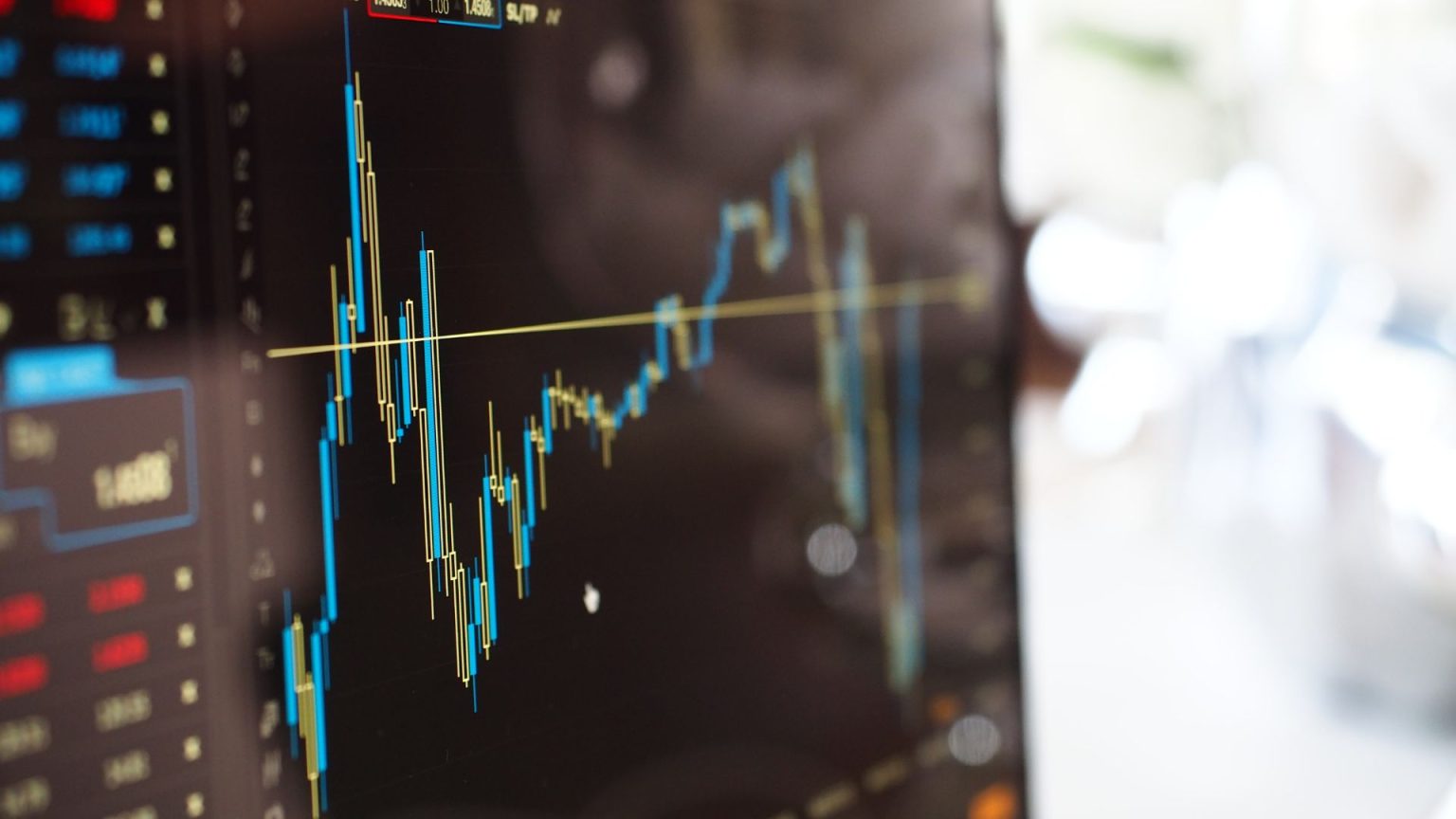
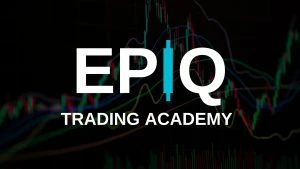

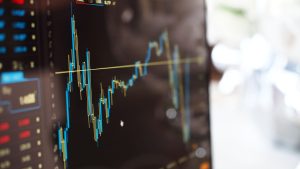

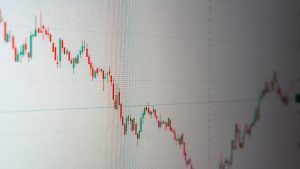
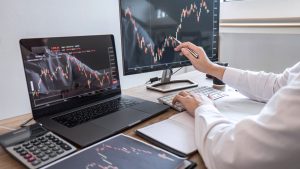
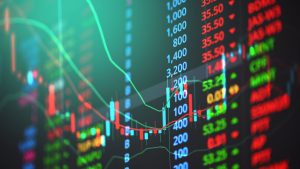
Responses